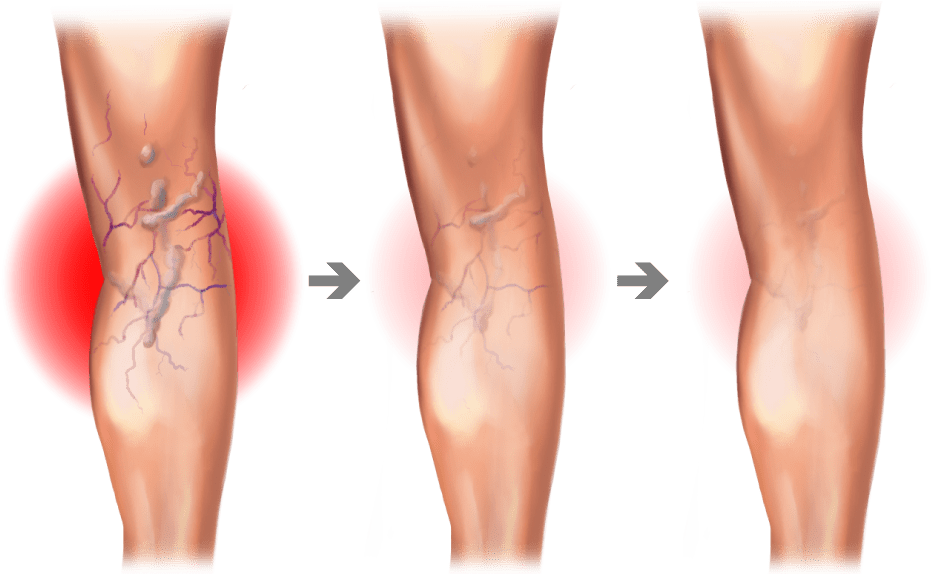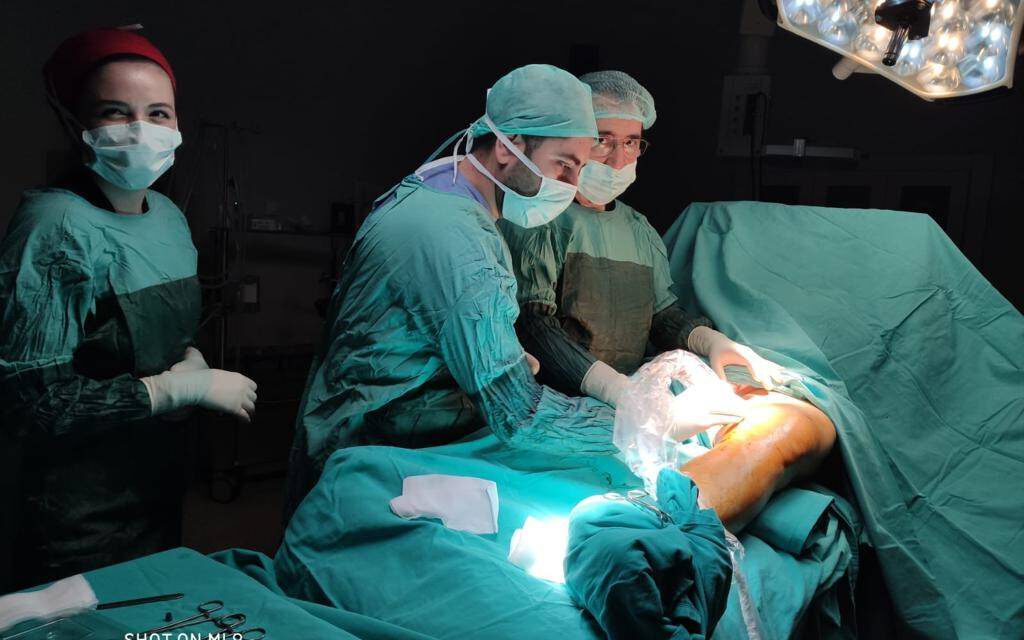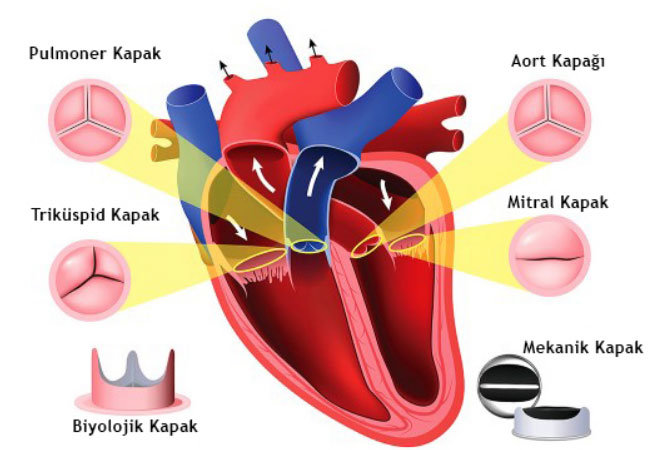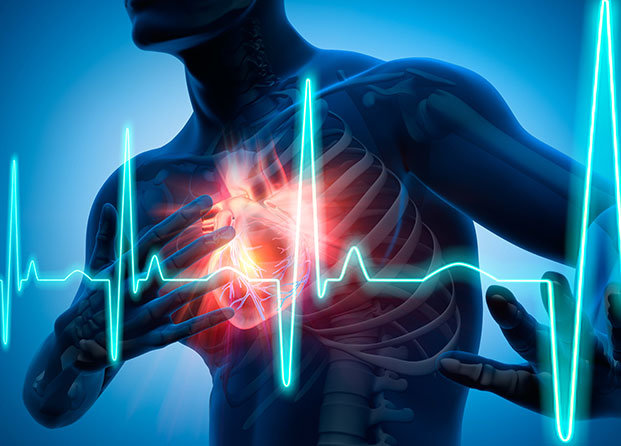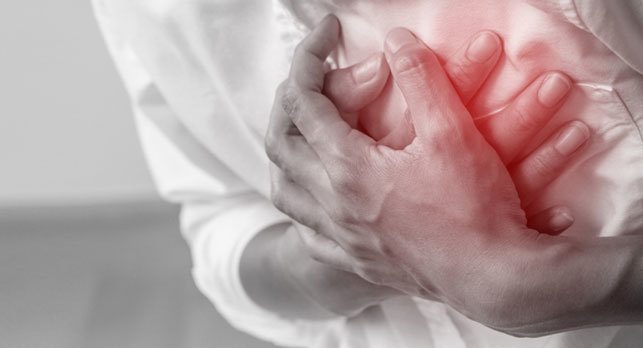Heart hole, or atrial septal defect as it is known in medicine, is a heart problem that is mostly congenital. A hole in the heart may also occur after heart disease during adulthood. Atrial septal defect treatment can now be performed with high success rates. Although the heart hole causes some symptoms such as fatigue, excessive sweating, and inability to gain weight while breastfeeding during infancy, these symptoms are mild...
Prof. Dr. Yavuz BeşoğulAll Articles
Cardiovascular Surgery Specialist
AllFrom the pressGeneral
VSD Ameliyatı
VSD Ameliyatı Nedir? VSD ameliyatı, iki karıncık arasındaki delikleri kapatmak için yapılır. Kalbin sağ ve sol karıncıkları arasındaki duvarda bulunan bu delik, kanın içinde yanlış yönde akmasına yol açabilir. VSD, doğuştan gelen bir kalp rahatsızlığıdır ve tedavi edilmediğinde kalbin daha fazla çalışmasına, solunum sorunlarına ve kalp yetmezliğine neden olabilir. Ameliyatın amacı, kanın yanlış yönde akmasını önlemek...
Kılcal Damar Tedavisi
Kılcal Damar Tedavisi Nedir? Kılcal damar tedavisi, cilt yüzeyine yakın olan ince kılcal damarların görünümünü azaltmak veya tamamen ortadan kaldırmak için yapılan bir işlemdir. Bu damarlar, özellikle yüz, bacaklar ve burunda belirginleşir ve çoğu kişi için estetik bir rahatsızlık oluşturabilir. Bu damarların belirginleşmesi genellikle yaşlanma, genetik değişiklikler, hormonal değişiklikler, güneşe maruz kalma ve çeşitli yaşam...
Buerger's Disease and Diabetic Foot
Buerger's Disease and Diabetic Foot Slight bruising or a wound on the nail on our toes or fingers can sometimes lead to amputation of our finger. Generally, we do not pay much attention to these complaints and cannot believe it when we lose our finger. Yes, think about it, first your toe is cut off and later on, your foot is cut off….A limb is amputated. no!…Continuing with the other foot, then the hands and arm……This is the insidious one, with terrible consequences…
Varicose veins usually occur in the inner part of the calf and thigh and begin to become visible on the skin due to the enlargement of the veins. Although the formation of varicose veins is due to reasons such as a sedentary lifestyle and working by standing for long periods of time; One of the most important factors of varicose veins is valve failure and high venous blood pressure. Damage to the wall of the valve disrupts the movement of the valve...
Vascular occlusion is one of the cardiovascular diseases that is more common in older ages and in men. In order to protect yourself from vascular occlusion, which can lead to serious consequences such as heart attack and stroke, attention should be paid to lifestyle and nutrition. To reduce the risk of vascular occlusion, the most important thing to do is to stay away from tobacco and tobacco products. Tobacco products...
Minimally invasive surgery has become widespread, especially in the last 25 years, like classical surgery, and continues to develop with the development of modern medicine. Minimally invasive surgery, also known as surgery with a small incision, ensures that patients have a comfortable post-operative period. After Minimally Invasive Heart Surgery Procedure Patients who had minimally invasive heart surgery can return to their daily routine within 1-2 weeks.
For patients with significant valve disease, surgical treatment options include valve repair or replacement. The choice between repair and replacement is influenced by a number of factors, including age, type of valve disease, and other medical conditions. When valve replacement is performed, there are options for mechanical or tissue heart valves. These two valve classes bring different characteristics and each has its advantages and...
Heart attack is one of the leading health problems that causes women to lose their lives. Although the risk factors for heart diseases are similar in men and women, there are also factors that increase the risk in women, such as pregnancy, menopause and breast cancer. In women, vascular occlusion is less common than in men, and while the rate of heart attack due to vascular occlusion is higher in men, heart attacks are more common in women.
Mitral Valve Insufficiency Mitral valve insufficiency degrees are considered in 4 levels, and 1st and 2nd degree mitral valve insufficiency is generally tried to be kept under control by patient monitoring. In cases of 3rd degree and 4th degree mitral valve insufficiency, patient treatment should be started as soon as possible. Genetic causes can cause mitral valve damage in later ages after febrile illnesses in childhood.
Heart valve disease occurs as a result of the microbe called Beta streptococcus, which is usually transmitted in childhood, and the body's fight mechanism against it, which occupies the throat and calcifies the heart valves in older ages. When these diseases start, they are very insidious. It causes complaints such as shortness of breath, palpitations and fatigue. The patient may not care about these. First of all, it is attributed to smoking, but sometimes it causes fatigue, stress...
Smoking causes life-threatening risks by causing different diseases such as lung cancer and cardiovascular diseases, or by making the treatment of these diseases difficult. Especially individuals with heart disease or a family history of heart disease should stay away from smoking and smoking environments. The main problems caused by smoking are arteriosclerosis and...
There are steps you can take to protect yourself from the risk of a heart attack and prevent another one in the future. This is called “secondary prevention”. First, make sure you understand your heart disease. Your doctor will tell you about risk factors and how to help prevent future damage to your heart. Then follow the tips below for a healthy lifestyle. Stop smoking Tobacco use causes heart disease...


